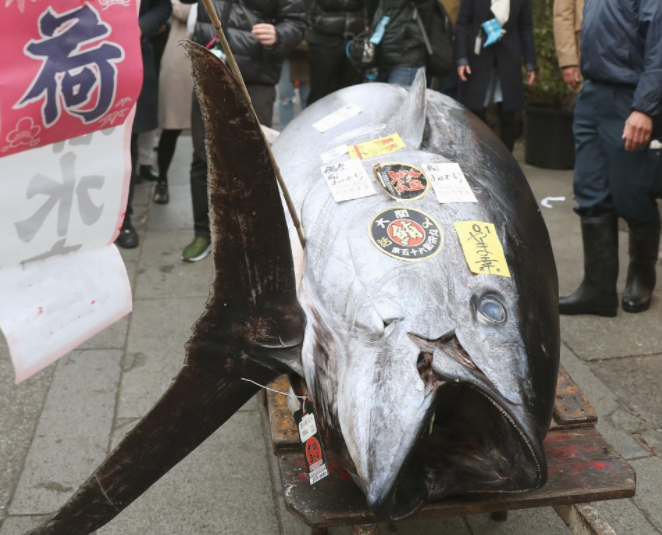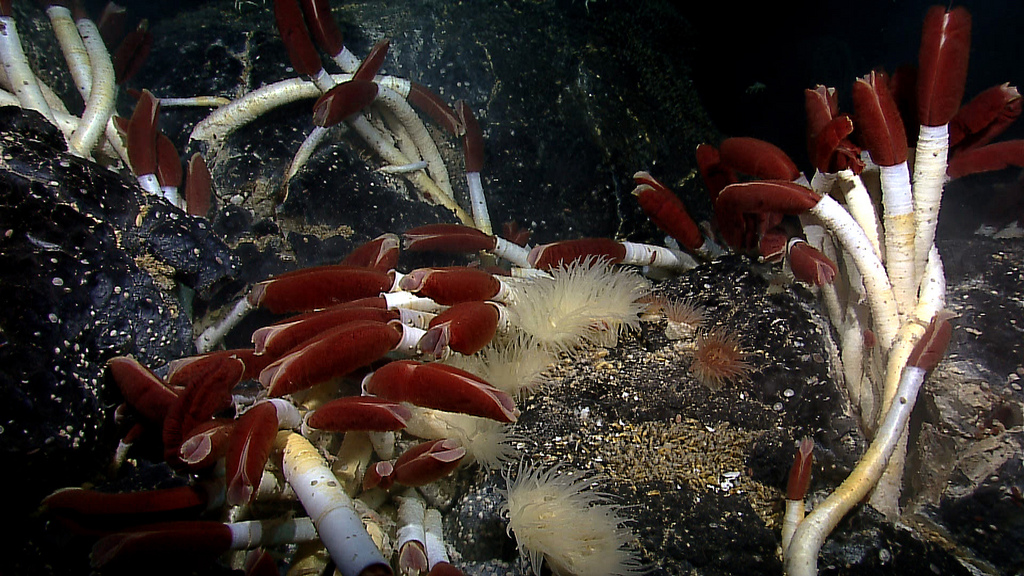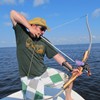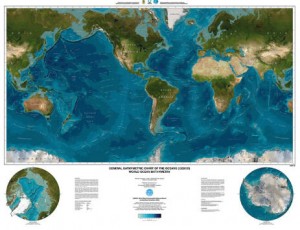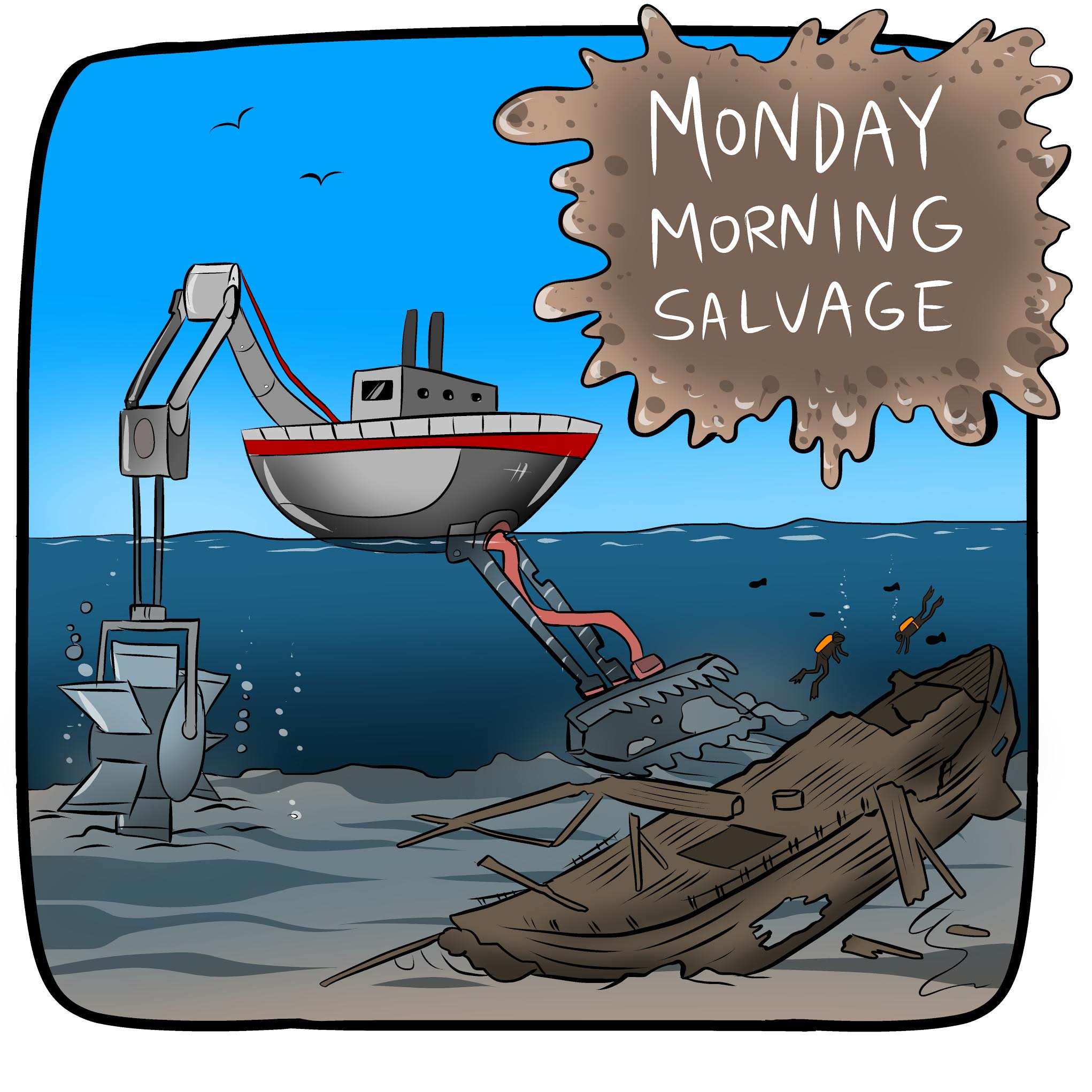
Fog Horn (A Call to Action)
- Abstract submission open for the 2018 International Marine Conservation Congress in Kuching, Sarawak this summer! Get your abstracts in early!
Flotsam (what we’re obsessed with right now)
- This is a pretty big deal: The Year Climate Change Began to Spin Out of Control. The loop is closing fast and if we don’t break the cycle, things will get much worse much faster.
Jetsam (what we’re enjoying from around the web)
- Fish Feel Pain. Now What? New research raises big questions about humane treatment of sea life.
- The final first-of-year Bluefin Tuna auction at the Tsukiji Fish Market marks the end of an era. It sold for $323,000, far below historic highs.
